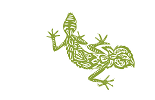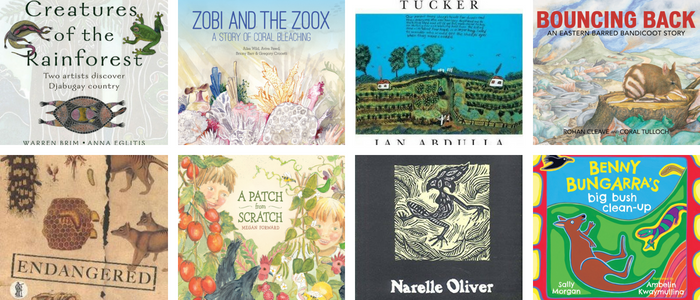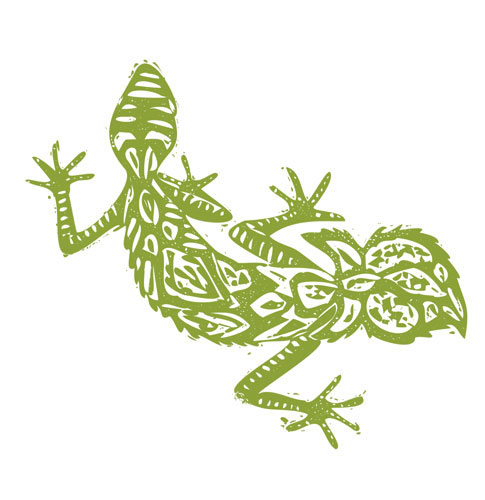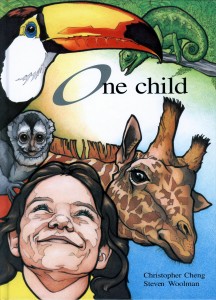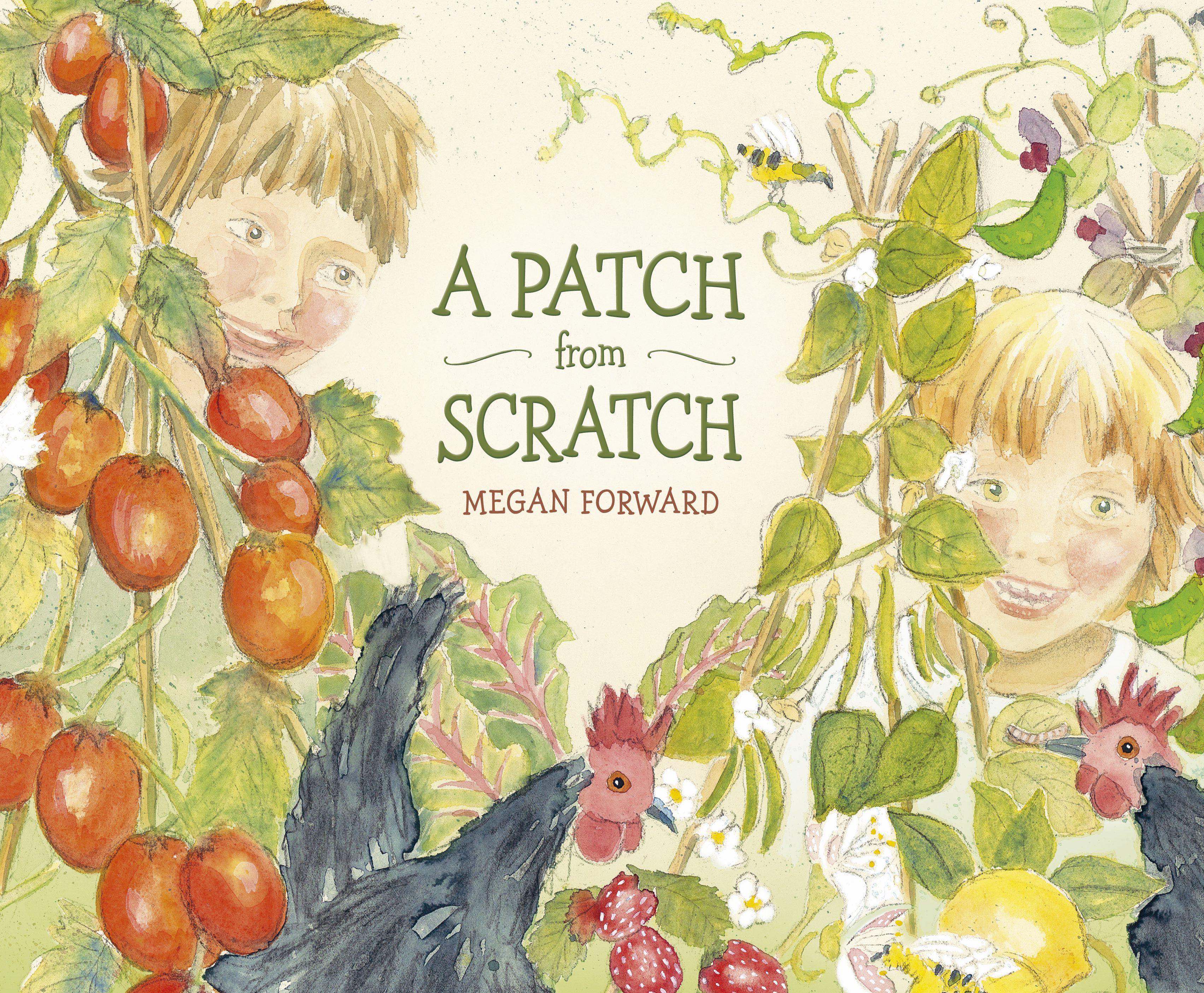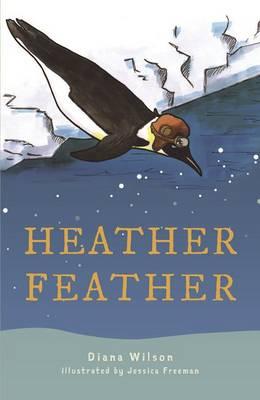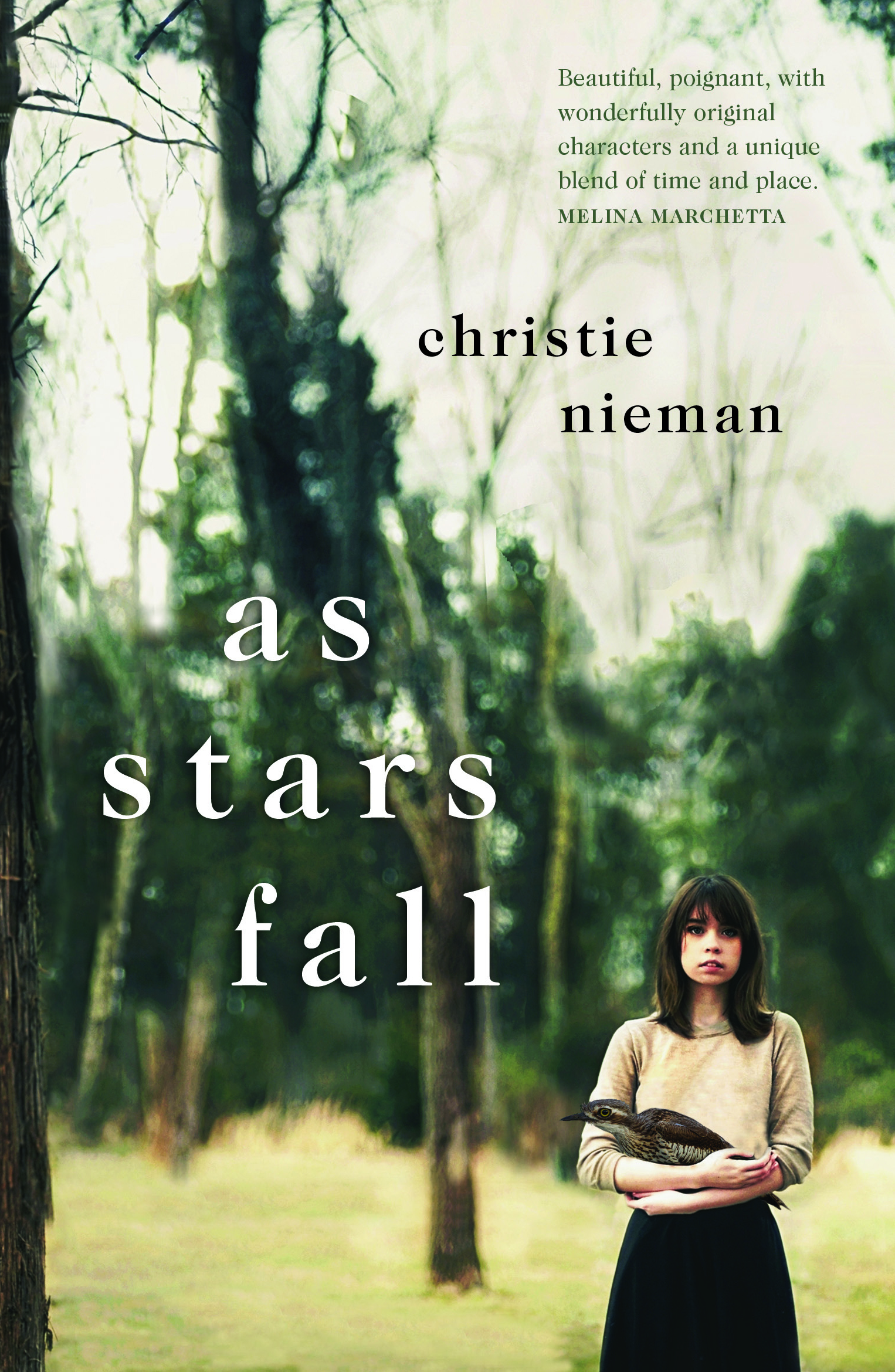AustLit
-
Children’s and young adult literature about the environment provide creative and imaginative scenarios and solutions that may stimulate young people to consider their own relationship with the environment. Children’s environmental texts often “thematize contemporary ecological issues [and] reflect shifting global agendas and predict future possibilities” (Massey and Bradford 2011, p.109). They can also offer insights into ecocatastrophe, global warming, anthropocentrism, sustainability, and other important issues; or simply celebrate the environment. As such, this Exhibition aims to identify such literature across different forms and genres in Australia where discussions of environmental waste, climate change, species endangerment, ecocitizenship, and the effects of globalisation on the environment are major concerns.
This project is aptly named ‘Children’s Literature and the Environment’, rather than ‘Environmental Children’s Literature’ because it looks at children’s literature as it relates to the environment, not solely environment-focused texts. As children’s texts are tied up in metanarratives of maturation, it is common for environmental issues to be addressed in the texts from a very anthropocentric viewpoint. Picture books feature heavily in this Exhibition because the combination of text and illustrations provide greater opportunities to focus specifically on the environment.
The Exhibition provides a space for researchers and students to access and engage with bibliographical data on a range of literary and critical texts that provide various environmental perspectives of contemporary Australian children’s literature. This Exhibition does not aim to be a critical examination of the genre, but rather a space to begin research into this area and a site to draw inspiration for education professionals using such literature in classrooms.
-
Children’s Literature and the Environment Exhibition is a bibliographic dataset that focuses primarily on picture books, children’s fiction and young adult literature. There are some examples of films, drama and poetry included throughout the Exhibition, but these are also looked at more extensively in the section ‘Poetry, Film and Other Formats’ and Other Narrative Forms’. Below is a brief overview and examples of the kinds of narratives found in this exhibition.
-
Picture books identified in this project cover a wide range of themes. Picture books about the environment can be highly impactful due to the extensive illustrations within them, see in particular authors Jeannie Baker and Narelle Oliver.
Some notable examples include: The Tomorrow Book, about a young prince who is determined to rule over a country where the future is filled with environmental hope and practical solutions, such as common usage of solar and wind power; One Child, which illustrates the horrors of man made environmental destruction while asking the question ‘What can one child do?’ – it is a hopeful book about the environment; and, The Squid, the Vibrio & the Moon, a picture book that is both narrative, and non-fiction that illustrates the symbiotic relationship between sea creatures.
-
Sustainable living is an increasingly strong theme in contemporary picture books. In A Patch from Scratch wherein a family plants fruit and vegetable patches in their garden; they begin to raise chooks and create compost. It has strong environmental themes around sustainable living, as well as communal sharing of vegetables and eggs, and so on. It highlights the hard work required to grow your own food, as well as the satisfaction in doing so. It is beautifully illustrated, and contains recipes and factual information.
Picture books feature heavily in this exhibition and can be found in every aspect of the collection.
-
Works for children about the environment vary from realism to fantasy genres. Some authors, such as Colin Thiele, write about real world environmental issues and their impact on Australian species and local ecosystems. Fantasy works about the environment for children often deal with magical creatures, such as fairies as saviours and protectors of environmental sanctuaries (see FernGully : The Last Rainforest, or A Fox Called Sorrow : The Legend of Little Fur by Isobelle Carmody). There are also works about anthropomorphised animals with agency and the ability to affect and save their environment; animals with the ability to communicate with humans with whom they team up to stay safe or save their habitat (see for example The 'Dot' Films by Yoram Gross Film Studios); or stories told from an animal’s point of view. Heather Feather by Diana Wilson is an interesting example. It is both an information book and a narrative that follows Heather Feather, an emperor penguin, as she journeys around Australia to discover more about the causes behind the ice melting at her home in Antarctica. She encounters all kinds of environmental destruction caused by humans including industrial waste pollution, and the devastation caused by introduced species.
Also common in children’s literature are plots involving animal rescue, protection of local environments, and adventures that follow 'ecowarriors’. There are also many series about ecowarriors, particularly with female protagonists, including Bindi Wildlife Adventures, Aussie Angels by Margaret Clark, Project Earth Mend, and Grandma's Farm Series by Aunty Gloria Whalan. See more examples in 'Caring for the Environment: Conservation and Sustainability'
-
Young adult novels about the environment often tie environmental protection, or caring for wildlife with themes of identity and coming of age. For example: What Now, Tilda B? by Kathryn Lomer is a novel about protecting an elephant seal that has shown up on Tilda’s local beach, and gives birth to a pup. One of the characters, Meg, a marine biologist, teaches Tilda about the importance of protecting and observing the animal without unnecessary interference or causing harm. As Stars Fall is about a bush fire, and its aftermath. It links a species of bird – the bush-stone curlew - and three teenagers experiencing loss, love and change. It has many environmental themes and touches on wildlife conservation and protection, human impact on animal habitats and ecosystems, bush fires, and the environment as a healing space. Lastly, Into That Forest tells the story of two lost young girls who are adopted by and live with Tasmanian Tigers for a number of years. The story is about human relationships with animals, nature vs nurture, and survival.
There is also large portion of the genre that deals with dystopian and post-apocalyptic scenarios where environmental destruction and climate change have impacted the environment to a catastrophic degree. Shaedow Master, for example, loosely reflects Australian history and is based in a dystopian world where conflict has caused ecological catastrophe, including drought and destruction of trees. Bradford et al describe Shaedow Master as "arguably the first novel for YA readers to achieve a highly successful combination of ecological and postcolonial perspectives, strives to decentre the human actant through a unique transformation of the maturation narrative (2011, p.100)." See also 'Dystopias' in 'Disasters, Climate Change and Global Warming'.
-
The Exhibition is a collection of subsections that identify a variety of records (fiction, information books, film, poetry, and multimedia) relevant to children and young adults dealing with the environment in imaginative, scientific, educational, and creative ways. There are a number of components to this project clustered around key concepts and issues, such as sustainability, urban environments, Aboriginal stories, landscapes and global warming.
The Contents on the left groups together collections of works around particular environment-focused themes. Within each collection is a brief overview as well as sets of 'tiles' that provide further reading on the topic in question. Each collection also contains ‘Case Studies’ on particular settings, animals, or environmental issue. Each collection also provides links to further related searches, or tips on using AustLit.
Every title is linked back to its complete bibliographic record, which will allow further research on the work's authors and illustrators, book reviews and critical research related to the title.
The Exhibition is not meant to be definitive but rather, it contains a number of relevant textual examples of particular topics related to environmental issues that are intended as starting points for students, teachers and researchers of Australian children's and young adult literature on the environment. Many of the texts are relevant to the Australia Curriculum cross-priority of Sustainability.
Lastly, there is a Bibliography that contains all primary sources included in this Exhibition, as well as referenced secondary materials. There is also a recommended reading section for literary studies on children’s literature and the environment.
You might be interested in...

